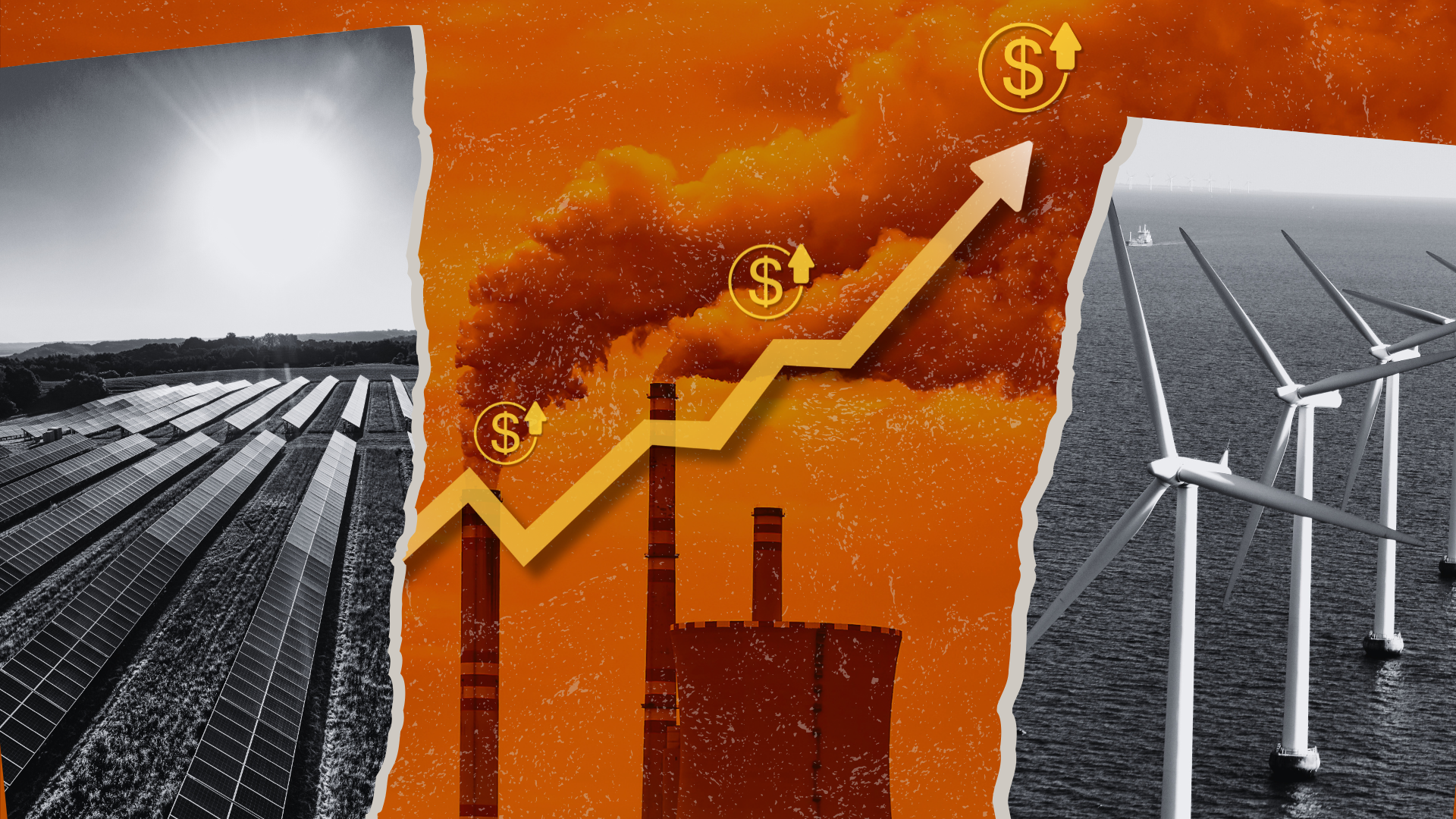Should we fill our gas tanks with coal?
We know our growing dependence on foreign oil threatens our national security. It is also now widely recognized that climate change is a serious national security risk.
Fortunately, we can often kill these two birds with one stone. Many solutions for climate change would also diminish our dependence on foreign oil, and vice versa. For example, a national cap on greenhouse gas emissions would spur more fuel-efficient vehicles, low-carbon fuels and other modes of transportation. All of these would reduce demand for foreign oil. (And, to sweeten the deal, lowering demand would also help reduce the price of traditional gasoline.)
Unfortunately, some ideas being considered to address our dependence on foreign oil would make global warming worse.
One of the most vexing examples is “coal-to-liquids,” a process that converts coal to liquid fuels like gasoline and diesel for cars and trucks. At first blush it might seem like a great idea – we have huge coal reserves, so why not use them to replace foreign oil?
The main ingredient in all fossil fuels is hydrocarbons – molecules composed of carbon atoms and hydrogen atoms. When ignited, these hydrocarbons release energy, which can power our cars, homes and factories. Unfortunately, burning fossil fuels also releases carbon dioxide (CO2). This is the essence of our climate conundrum – how to generate energy without releasing CO2.
But not all hydrocarbons – not all fossil fuels – emit the same amount of CO2. The higher the ratio of hydrogen to carbon, the less CO2 is released to generate the same amount of energy. This is why we’re often encouraged to use natural gas. It’s made of methane (CH4), which has a relatively high hydrogen-to-carbon ratio of four. It releases a relatively small amount of CO2. That ratio is lower in petroleum and even lower in coal. That means petroleum emits more CO2 per unit of energy than natural gas, and coal emits even more.
So substituting coal for petroleum is a bad idea – to get the same amount of energy, we’ll release more heat-trapping CO2. If coal-to-liquid fuels powered our motor vehicles, we would essentially double the amount of CO2 we send into the atmosphere for each mile we drive. One way to lower the climate damage of coal-to-liquids is to capture and sequester (i.e., bury underground) the extra CO2 produced during the coal-to-liquids conversion process. However, even then the emissions from coals-to-liquids technology would be slightly larger than that of conventional petroleum.
Now, here’s the really bad news: proposals are being circulated in Washington, D.C. to essentially subsidize coal-to-liquids technology in the U.S. Going forward with these proposals without a national cap on greenhouse gas emissions would be a climate disaster. That’s why Environmental Defense’s President, Fred Krupp, wrote a letter to President Bush [PDF] urging him to reject these proposals without a national cap. I encourage you to consider sending similar messages to your own representatives.
This doesn’t mean we have to avoid using coal at all. The good news is that emerging technologies such as carbon capture and sequestration will allow us to use coal cleanly and without adding to global warming. And a national cap will steer us toward those cleaner technologies.











